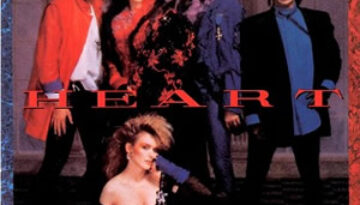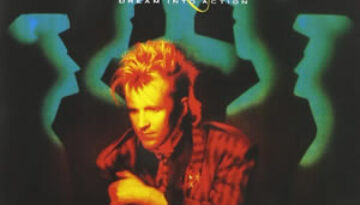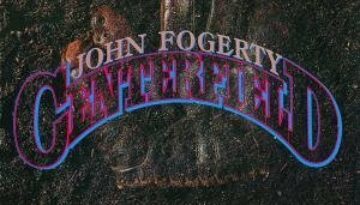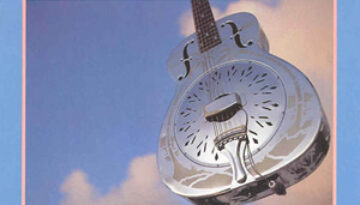Heart by Heart
Buy Heart In 1985, Heart made a dramatic comeback, fueled by an equally dramatic alteration to their traditional sound. A successful hard rock band in the late 1970s, the group had nearly fallen […]

Buy Heart In 1985, Heart made a dramatic comeback, fueled by an equally dramatic alteration to their traditional sound. A successful hard rock band in the late 1970s, the group had nearly fallen […]

Buy Dream Into Action At first glance, Dream Into Action by Howard Jones may seem like a typical, mid-1980s synth pop album. However, a deeper listen reveals that there is much substance to […]

Buy Centerfield A true solo album in every sense of the word, Centerfield, features John Fogerty writing every song as well as playing every instrument on those songs. Simple in composition while rich […]

Buy Brothers In Arms Dire Straits reached their commercial peak and achieved worldwide fame with their fifth studio album, Brothers In Arms. All the songs on this album were composed by lead vocalist […]